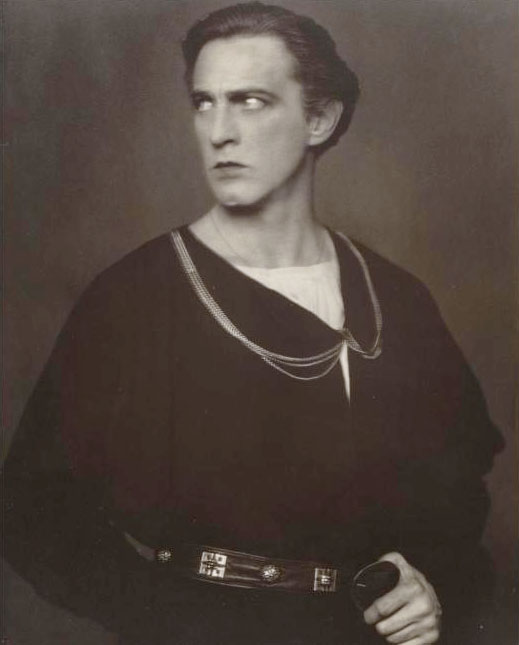
On Sunday, Señor Grant took me to the Getty to lunch with his cute girl buddies, Liza and Kim. They’re sisters, almost identical, smartly dressed with glowing white teeth. They finish each other’s sentences, refer to each other as “my sister” and are just a delight to observe. We walked through the Herb Ritts show, which left me with nothing. Unless you call emptiness something. He was a great technician, or the people who printed his pictures were, who masterfully appropriated the visions of countless other photographers—Richard Avedon, Irving Penn, Edward Weston—to create beautiful images of beautiful people that are completely without depth, all about surface. But oh those surfaces. Black skin in particular is rendered as a sumptuous textile.
Luckily, there was another teeny little show nearby, Portraits of Renown, consisting of celebrity portraits from nearly the dawn of photography to contemporary times. Each portrait conveyed an essence of the individual, the spark responsible for their fame. A portrait of John Barrymore as Hamlet by Edward Steichen had Barrymore in profile, slightly blurred, but his body sharp and in focus, the fiery energy in his head not to be contained. Lewis Morley’s iconic portrait of Profumo Affair strumpet Christine Keeler was shot in 1963—but printed around the time that the film Scandal was released—a publicity shot for a proposed film project, of her naked, confident, straddling a chair, her nudity hidden by her arms and the back of the chair. The show lusciously demonstrates how the photographic image has shaped our perception and experience of celebrity.
